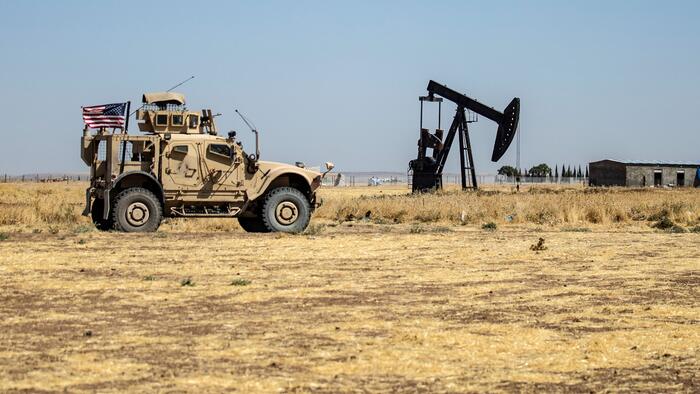In a surprising revelation, the Pentagon has disclosed that approximately 2,000 American troops are stationed in northeast Syria, which is a significant increase from the long-standing official figure of 900 troops. This update comes on the heels of a tumultuous month marked by the overthrow of President Bashar al-Assad and highlights the ongoing American military presence in a region critical for its oil and gas resources. The announcement, made by US military spokesman Maj. Gen. Pat Ryder, has raised eyebrows, as it was suggested that this number had been known for some time, yet remained undisclosed to the public until now.
Maj. Gen. Ryder’s explanation attempts to navigate the apparent discrepancy by suggesting a distinction between long-term deployments and temporary rotational forces. While he claims that 900 is the count for forces on extended missions, he posits that the additional troop numbers represent those sent for shorter stints in response to evolving military needs. This has led to skepticism regarding the Pentagon’s transparency and the motivations behind the delayed disclosure, especially given the evolving geopolitical landscape in Syria.
The timing of this announcement raises important questions about the underlying strategies of the US in the region. Amid escalating tensions, particularly with Turkey’s objectives to displace the Kurdish-led Syrian Democratic Forces (SDF), the US has revived its rhetoric concerning its counter-ISIS mission as justification for its military footprint in Syria. This continued presence, far beyond the initial intentions of combating ISIS, underscores a strategic maneuver to maintain influence amidst a power vacuum created by the Syrian conflict.
Another notable aspect of US involvement is the recent dialogue with Hayat Tahrir al-Sham (HTS), a group designated as a terrorist organization, which controls significant areas, including parts of Damascus. This engagement contradicts the prevailing narrative of isolating extremist elements in the region, raising further questions about American foreign policy objectives and alliances in conflict zones. This seemingly contradictory tactic may indicate that Washington is willing to utilize any available means to stabilize its interests in Syria despite the implications for regional security.
Moreover, the control of oil and gas fields in Deir Ezzor, which were once pivotal for the local economy and energy supply, reflects how the US is leveraging its military presence to impose economic pressures against the Assad regime. The initial justification for occupying these resources was to weaken Assad’s grip on power. However, the direct consequences appear to affect the Syrian population adversely, as domestic energy needs are deprioritized for geopolitical strategies that align with American objectives.
Overall, the Pentagon’s recent admission not only indicates a shift in the portrayal of American military commitments but raises critical inquiries about the long-term ramifications for both regional players and the Syrian populace. The intertwined fates of international and local dynamics in Syria demand scrutiny; as the US navigates its presence in the fractured context of Syrian politics, the risk of further alienating local communities while entrenching foreign manipulation becomes an escalating concern. As military operations continue under the guise of counter-terrorism and stabilization, the true impact on Syria’s political landscape and civilian welfare remains a critical subject for analysis.

